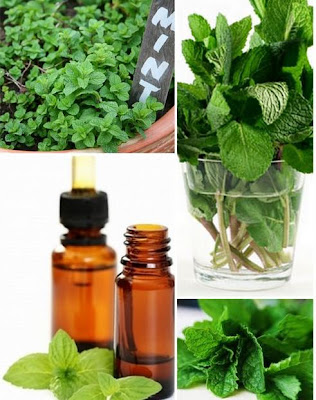Peppermint essential oil is one of the most versatile essential oils
available.
I carry my bottle with me everywhere I go. It's always in my
purse when I am doing errands, working, traveling or at home.
I run into so many instances where I can use and share this wonderful essential oil.
Peppermint
essential oil is incredibly powerful. Just one drop equals 28 cups of
peppermint tea! Knowing this fact, you can appreciate how effective the
oil can be when using it for the therapeutic applications listed below.
Also, my suggestions below are for an AFNOR/ISO certified therapeutic grade
peppermint essential oil, such as Young Living's essential oils. Any
other grade of essential oil will not produce desired results. But as I
always say, be sure to know the growing, distillation and packaging
methods of your essential oil supplier before purchasing essential oils.
The top 10 best uses for peppermint essential oil are:
(and in no particular order)
1. Soothe your digestive discomforts like nausea, diarrhea and indigestion:
Rub
1 or 2 drops on your stomach. Or, put one drop under your tongue or in a
cup of water. It will relax the muscles of the stomach and intestines,
helping you feel better, fast.
Actually, this is how I got
involved with essential oils. My friend gave me a couple of drops of
peppermint oil to put on my stomach when I was feeling nauseous. Three
minutes later my belly felt completely normal. I was sold! And have been
an avid essential oil user ever since.
2. Lower your fever:
Rub
3 drops of peppermint essential oil on the bottoms of your feet. It
will penetrate the pores of your feet and enter your bloodstream within
minutes, working to cool your body and lower your fever.
This
method for reducing fevers is especially beneficial in children. If your
child is under 2, dilute the peppermint in an organic olive oil before
applying it to their skin. I recommend diluting 1 drop of peppermint to 1
drop of organic olive oil.
3. Clear your stuffy nose:
Dab
small amounts of peppermint essential oil on your cheeks and forehead.
Within seconds your congestion should begin to lessen and you should be
able to breathe easier.
Be very careful not to get it into your
eyes! It will burn and make your eyes water! But if this happens,
relieve the burning sensation by dabbing some organic olive oil in and
around your eye. Olive oil is safe to use in your eyes to reduce the
burning. Or you can just wait it out! The burning only lasts a minute or
so.
4. Freshen your breath:
Use a smidge
of peppermint essential oil on your tongue. You don't need much! It will
kill the bad breath bacteria and make your breath smell minty-fresh!
Using it as a breath freshener is a great replacement for chewing sugary gum or sucking on mints. Better for your teeth, too!
5. Cool you off from a hot flash or heat exhaustion:
Rub
1-2 drops of peppermint essential oil on the back of your neck. It will
begin to produce a cooling and tingling sensation as it works to cool
your core temperature.
A great recipe for cooling off on a hot day
is...1 drop of peppermint essential oil in 1 gallon of water. Shake
well, pour over ice and enjoy!
6. Energize your tired feet:
Fill
a foot basin with warm water. Mix 1 cup of Epsom or Dead Sea salts with
3 drops of peppermint essential oil. Add the salt mixture to the foot
bath and soak. The oil and salts will revitalize your aching feet by
helping to decrease inflammation and swelling.
If you get
pedicures, you can bring this salt mixture and have your nail tech add
it to your soaking water for a refreshing pedicure.
7. Relieve your soreness due to inflammation, arthritis and overuse:
Rub
1-3 drops of peppermint essential oil on your area of discomfort. For
an added boost, apply heat, like a microwavable heating pack, to drive
the oil in deeper. It has high anti-inflammatory properties.
8. Improve your concentration and focus:
Rub
1 drop of peppermint essential oil on your temples whenever you feel
scattered and unfocused. Studies have shown that diffusing it increases
mental accuracy by 28%.
I love to use it when I'm driving late at
night. It helps keep me awake until I arrive home. I also use it for
overcoming writers block. I'm wearing it as I write this article!
9. Relieve your headaches and migraines:
Rub
1 drop of peppermint essential oil on your forehead and back of your
neck. If you have nausea with your headaches, you can rub it on your
belly and also a dab it on your tongue.
It feels great on your
skin when you have a headache. Lay a cool towel over the places you
dabbed peppermint and the cooling sensation will intensify, bringing
much needed relief.
10. Curb your appetite:
Inhale
peppermint essential oil 5-10 times per day or whenever irrational
hunger strikes you. You can even put a dab on your tongue to deter the
cravings.
I personally like to indulge my irrational cravings every once in a while, but try this tip if you're watching what you eat.
Peppermint
essential oil tackles many different ailments. It's one of the most
versatile essential oils on the planet. Even though I've only listed my
top ten list here, there are many, many more uses for peppermint.
The
next time you're experiencing one of these health challenges, reach for
your bottle of peppermint essential oil. You won't be let down, I
promise!
By
Christa McCourt
Originally Posted by http://www.medimiss.net/2013/02/the-top-10-best-uses-for-peppermint.html
..
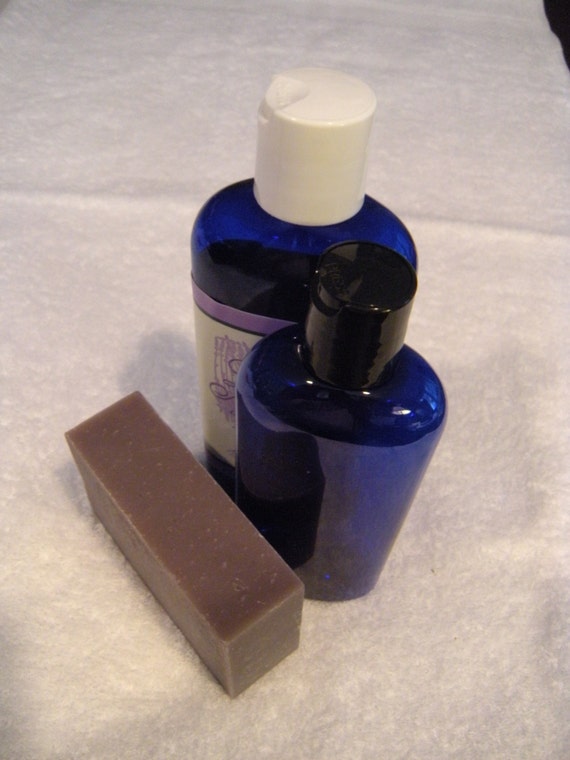 Touch and fragrance combine
when you massage with this natural lavender body oil. Soothing to the
skin, this oil blend encourages the "letting go" of muscle tension.
Touch and fragrance combine
when you massage with this natural lavender body oil. Soothing to the
skin, this oil blend encourages the "letting go" of muscle tension.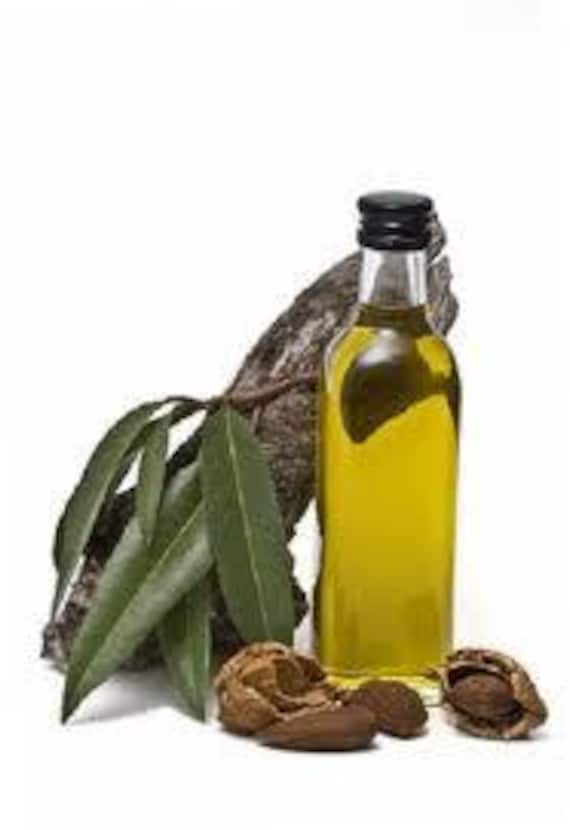 The
fragrance of Honey almond is blended into Grapeseed oil resulting in a
rich body massage oil for yourself or as a gift for those you care
about.
The
fragrance of Honey almond is blended into Grapeseed oil resulting in a
rich body massage oil for yourself or as a gift for those you care
about.
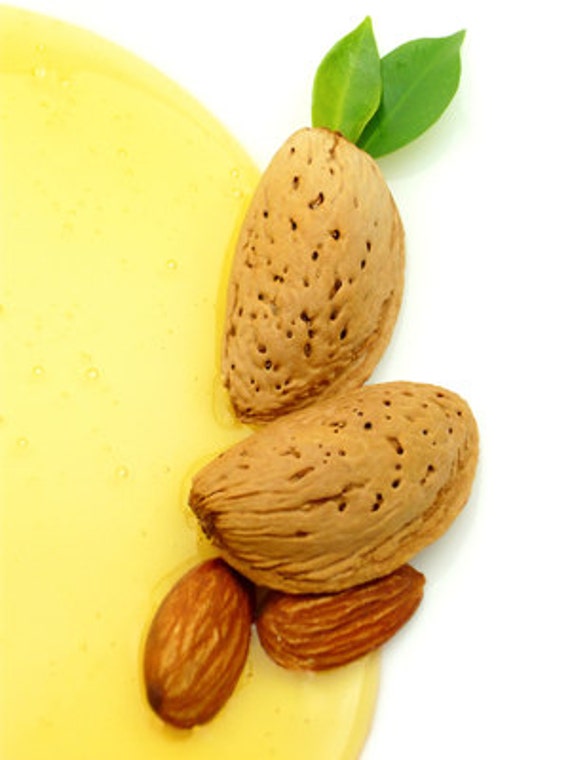

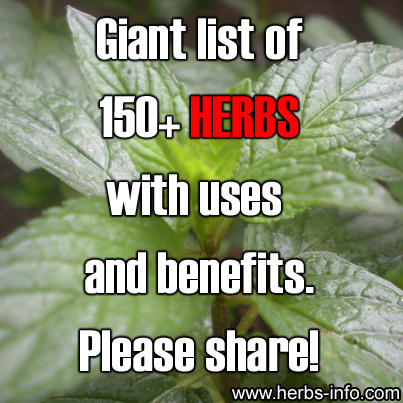 Visit:
Visit: 











